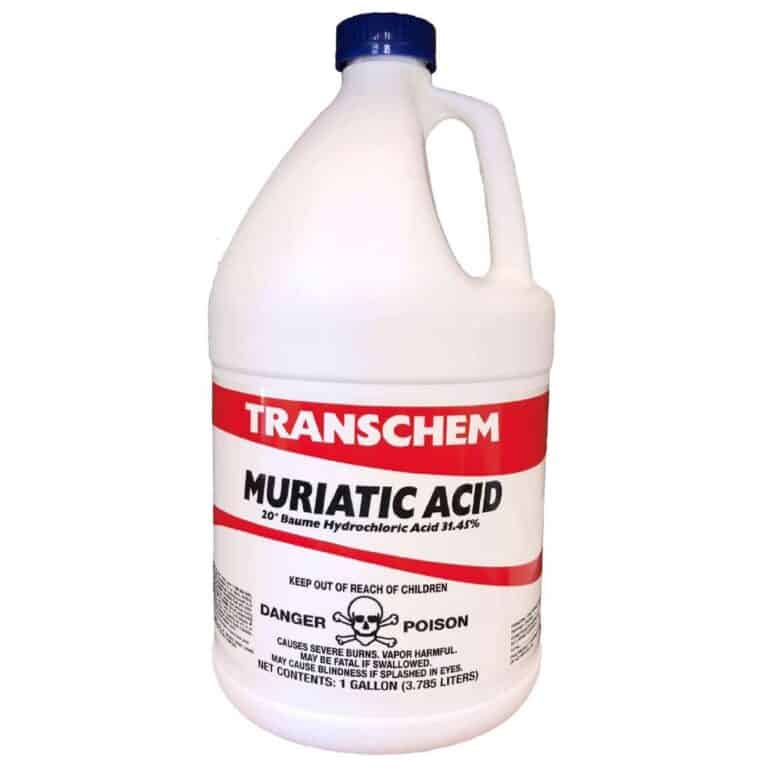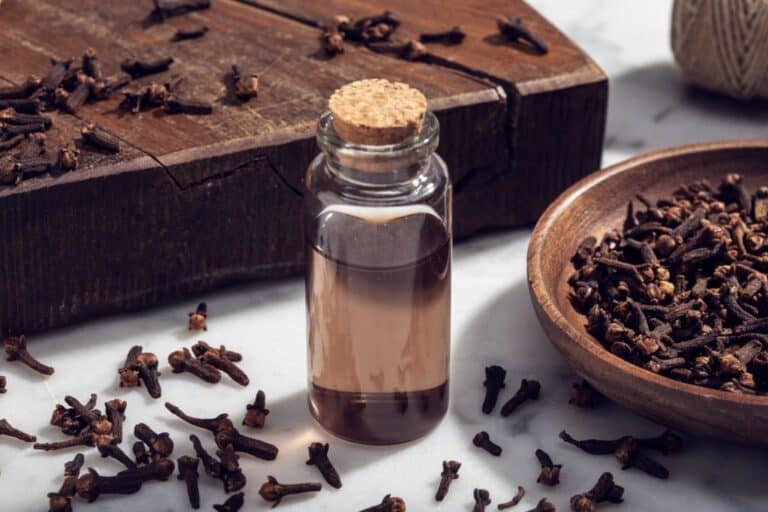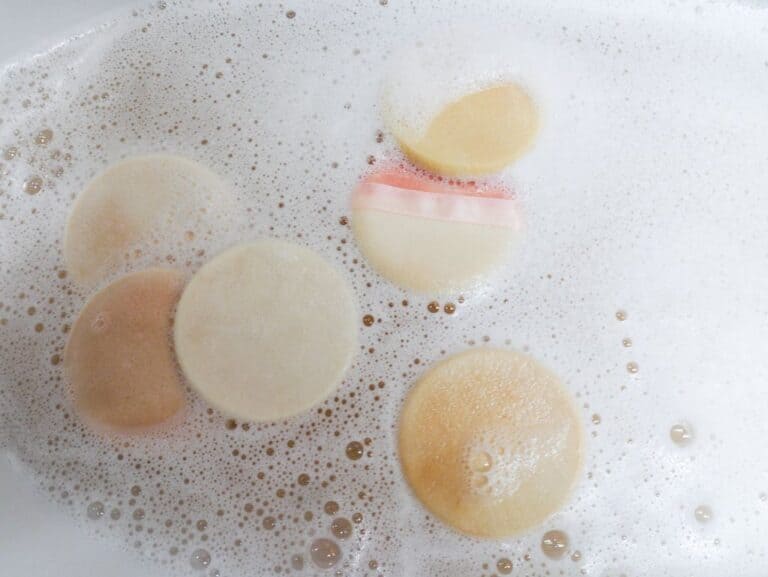How to Neutralize Muriatic Acid with Baking Soda: A Complete Guide
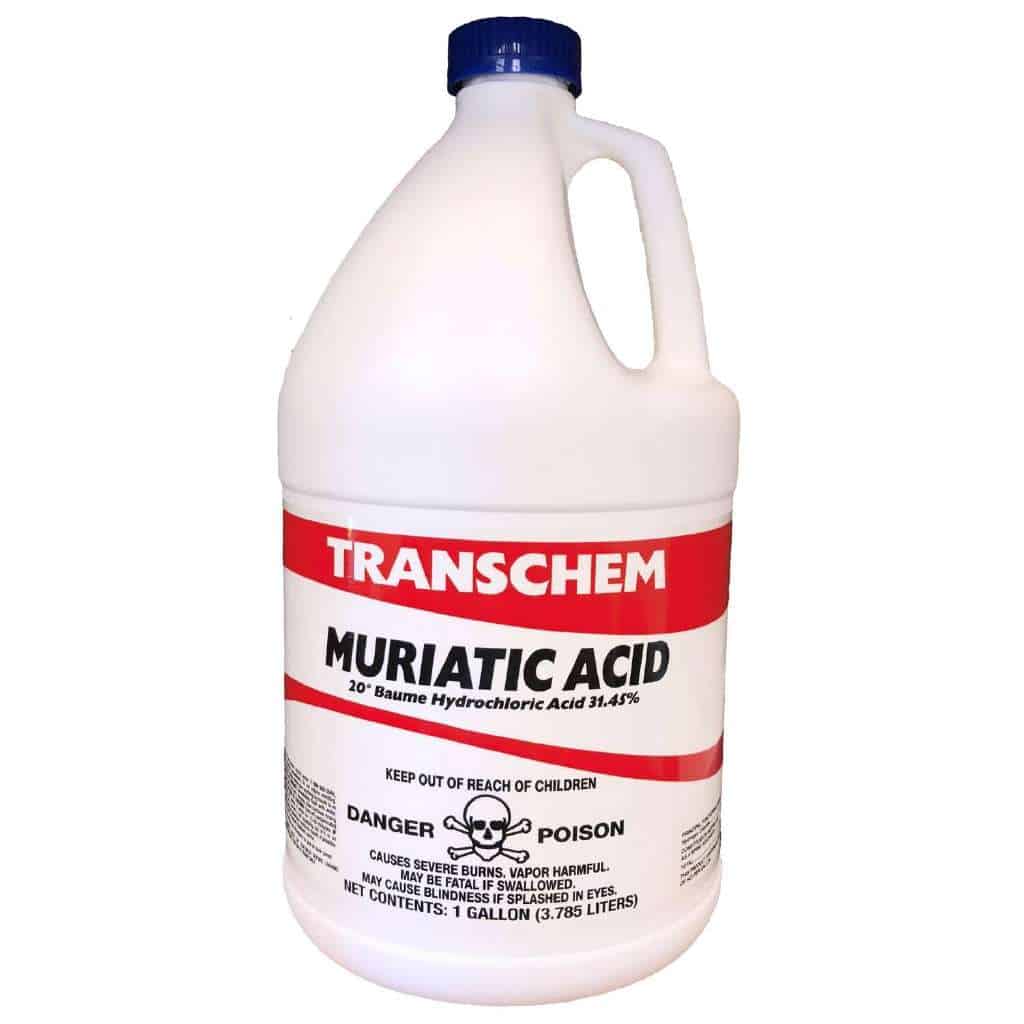
Muriatic acid is a powerful and highly corrosive chemical that can be useful for various applications, such as cleaning surfaces and removing stains. However, it is also a hazardous substance that can cause severe chemical burns and respiratory problems if not handled properly. That’s why it’s crucial to know how to neutralize muriatic acid in the event of accidental spills or misuse.
One effective and readily available neutralizer for muriatic acid is baking soda (sodium bicarbonate). Baking soda is an alkaline substance that can neutralize acids by reacting with them and producing carbon dioxide gas and water. But how much baking soda do you need to neutralize muriatic acid effectively?
In this article, we will discuss the basics of muriatic acid and baking soda, how they react with each other, and the steps to safely neutralize muriatic acid with baking soda.
Understanding the Chemical Reaction Between Muriatic Acid and Baking Soda
In the event of an accidental spill or exposure to muriatic acid, it’s essential to neutralize it as soon as possible to prevent further damage to surfaces, objects, or people. Neutralization is the process of combining an acid and a base to form a neutral solution with a pH of 7.
Baking soda is a safe and effective neutralizer for muriatic acid because it’s a mild base that can react with the acid to form carbon dioxide and water, which are harmless byproducts. Baking soda is also readily available and affordable, making it an accessible solution for many households and small businesses.
In the case of muriatic acid and baking soda, the following reaction takes place:
HCl + NaHCO3 → NaCl + CO2 + H2O
In this reaction, muriatic acid (HCl) reacts with baking soda (NaHCO3) to form table salt (NaCl), carbon dioxide gas (CO2), and water (H2O). The carbon dioxide gas produced during the reaction is what causes the fizzing or bubbling effect that you may observe when adding baking soda to muriatic acid.
How Much Baking Soda to Use
The amount of baking soda needed to neutralize muriatic acid depends on the concentration of the acid and the volume of the solution you’re working with. The higher the concentration and volume, the more baking soda you’ll need.
As a general rule of thumb, you’ll need one pound of baking soda (16 ounces or 454 grams) per gallon (3.8 liters) of muriatic acid solution with a concentration of 31.45%. This concentration is commonly used for cleaning purposes and can be found in most household cleaning products.
Safety Precautions When Using Muriatic Acid and Baking Soda
Before you attempt to neutralize muriatic acid with baking soda, it’s essential to take the necessary safety precautions to protect yourself and others from potential hazards. Here are some safety tips to keep in mind:
- Wear protective gear, such as gloves, goggles, and a respirator, to prevent skin and eye contact and inhalation of fumes.
- Work in a well-ventilated area, preferably outdoors, to reduce exposure to fumes.
- Keep a neutralizer, such as baking soda, readily available to use in case of spills or accidental contact.
- Avoid mixing muriatic acid with other chemicals, such as bleach or ammonia, as this can produce toxic gases.
- Store muriatic acid and baking soda separately in cool, dry, and well-ventilated areas, away from sources of heat, light, and moisture.
- Do not pour muriatic acid down the drain or in the trash, as it can corrode pipes and harm the environment. Dispose of it following local regulations and guidelines for hazardous waste disposal.
- Keep baking soda in a sealed container to prevent moisture from affecting its potency.
- Follow the manufacturer’s instructions and dilute the muriatic acid solution as necessary before use.
How to Neutralize Muriatic Acid with Baking Soda
Neutralizing muriatic acid with baking soda is a simple and straightforward process that can be done safely with the right equipment and precautions. Here’s a step-by-step guide on how to do it:
- Put on protective gear, such as gloves, goggles, and a mask, to prevent any contact with the acid or its fumes.
- Carefully pour the muriatic acid solution into a large container, such as a plastic bucket or a glass beaker. Avoid using metal containers as they can react with the acid and release hydrogen gas.
- Add the baking soda to the acid solution slowly and carefully, while stirring the mixture with a non-metallic utensil, such as a plastic spoon or a glass rod. Be cautious as the reaction between the acid and the baking soda can generate heat and carbon dioxide gas, which can cause the mixture to bubble and overflow.
- Keep adding the baking soda in small amounts until the mixture stops bubbling, and the pH level reaches neutral (7.0). You can use a pH testing strip or a pH meter to check the pH level of the solution.
- Once the mixture is neutralized, dispose of it safely following local regulations and guidelines for hazardous waste disposal. Do not pour it down the drain or in the trash.
- Rinse the container and the utensils used for neutralizing the acid with water and then wash them with soap and water to remove any residual acid or baking soda.
Common Uses of Muriatic Acid and Baking Soda
Muriatic acid and baking soda have various uses beyond neutralization. Here are some common applications of each substance:
Muriatic Acid
- Cleaning and etching concrete surfaces
- Removing rust stains from metal surfaces
- Cleaning and disinfecting swimming pools and spas
- Adjusting the pH levels of pool and spa water
- Removing efflorescence (white powdery deposits) from bricks and tiles
Baking Soda
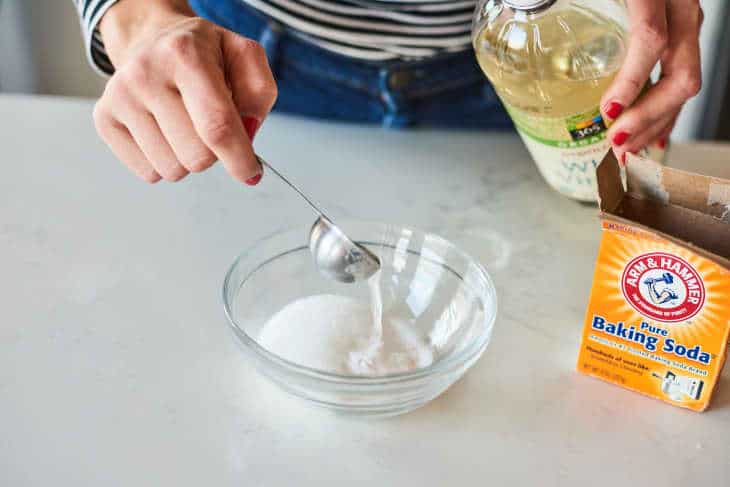
- Baking and cooking as a leavening agent
- Cleaning and deodorizing carpets, upholstery, and laundry
- Freshening up refrigerator and freezer
- Removing stains and odors from surfaces, such as sinks and countertops
- Soothing heartburn and indigestion when ingested
Alternative Methods for Neutralizing Muriatic Acid
Baking soda is not the only substance you can use to neutralize muriatic acid. Other effective neutralizers include:
- Calcium carbonate (limestone or chalk)
- Sodium carbonate (washing soda)
- Magnesium oxide (magnesia)
- Potassium hydroxide (caustic potash)
Some people also suggest that water can neutralize muriatic acid. Each of these substances has its advantages and disadvantages, depending on the application, the concentration of the acid, and the available resources. Choose the appropriate neutralizer based on the specific needs and safety requirements of your project.
Conclusion
Muriatic acid is a potent chemical that requires proper handling and disposal to prevent harm to yourself and the environment. Neutralizing muriatic acid with baking soda is a safe, effective, and readily available method that can neutralize the acid and render it harmless. Remember to follow the safety precautions, measure the ingredients accurately, and dispose of the neutralized solution properly to ensure a successful and safe neutralization process.


